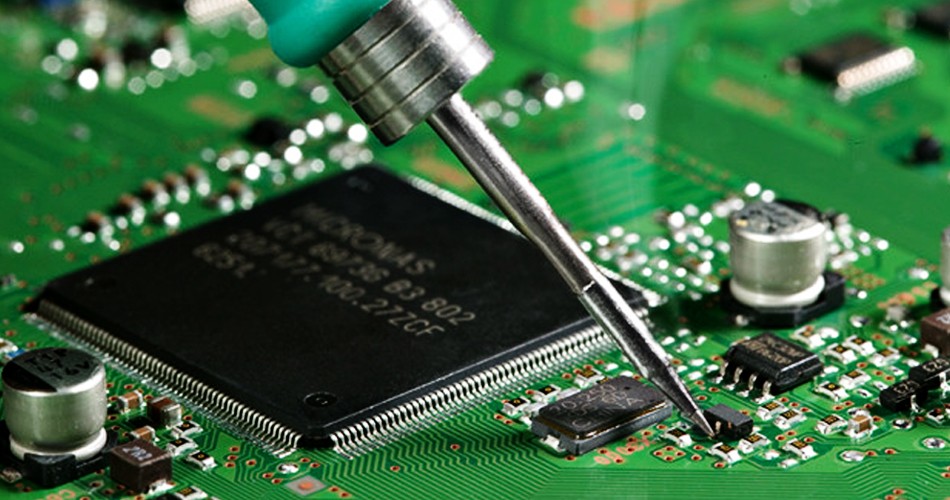- English
- Español
- Português
- русский
- Français
- 日本語
- Deutsch
- tiếng Việt
- Italiano
- Nederlands
- ภาษาไทย
- Polski
- 한국어
- Svenska
- magyar
- Malay
- বাংলা ভাষার
- Dansk
- Suomi
- हिन्दी
- Pilipino
- Türkçe
- Gaeilge
- العربية
- Indonesia
- Norsk
- تمل
- český
- ελληνικά
- український
- Javanese
- فارسی
- தமிழ்
- తెలుగు
- नेपाली
- Burmese
- български
- ລາວ
- Latine
- Қазақша
- Euskal
- Azərbaycan
- Slovenský jazyk
- Македонски
- Lietuvos
- Eesti Keel
- Română
- Slovenski
- मराठी
- Srpski језик
Material Selection in PCBA Assembly: Solder, PCB and Packaging Materials
2024-06-21
In PCBA assembly, material selection is critical to the performance and reliability of the circuit board. Here are some selection considerations for solder, PCB and packaging materials
Solder Selection Considerations:

1. Lead-free solder vs. lead solder:
Lead-free solder is highly regarded for its environmental friendliness, but it should be noted that its soldering temperature is higher. Lead solder works at low temperatures, but has environmental and health risks.
2. Melting point:
Make sure the melting point of the selected solder is suitable for the temperature requirements during PCBA assembly and will not cause damage to heat-sensitive components.
3. Flowability:
Make sure the solder has good flowability to ensure adequate wetting and connection of the solder joints.
4. Heat resistance:
For high temperature applications, choose a solder with good heat resistance to ensure the stability of the solder joints.
PCB (Printed Circuit Board) Material Selection Considerations:
1. Substrate Material:
Select appropriate substrate material, such as FR-4 (glass fiber reinforced epoxy) or other high-frequency materials, based on application needs and frequency requirements.
2. Number of Layers:
Determine the number of layers required for the PCB to meet the requirements of signal routing, ground layer, and power plane.
3. Characteristic Impedance:
Understand the characteristic impedance of the selected substrate material to ensure signal integrity and matching differential pair requirements.
4. Thermal Conductivity:
For applications that require heat dissipation, select a substrate material with good thermal conductivity to help dissipate heat.
Package Material Selection Considerations:
1. Package Type:
Select an appropriate package type, such as SMD, BGA, QFN, etc., based on component type and application requirements.
2. Package Material:
Make sure the selected package material meets the electrical and mechanical performance requirements. Consider factors such as temperature range, heat resistance, and mechanical strength.
3. Package thermal performance:
For components that require heat dissipation, choose a package material with good thermal performance, or consider adding a heat sink.
4. Package size and pin spacing:
Make sure the size and pin spacing of the selected package are suitable for the PCB layout and component layout.
5. Environmental protection and sustainability:
Consider choosing environmentally friendly materials that comply with relevant regulations and standards.
When selecting these materials, it is important to work closely with PCBA manufacturers and suppliers to ensure that the materials are selected to meet the requirements of specific applications. At the same time, understanding the advantages, disadvantages and characteristics of various materials, as well as their suitability in different applications, is also the key to making wise choices. Comprehensive consideration of the complementarity of solder, PCB and packaging materials can ensure the performance and reliability of PCBA assembly.
-
Delivery Service






-
Payment Options









